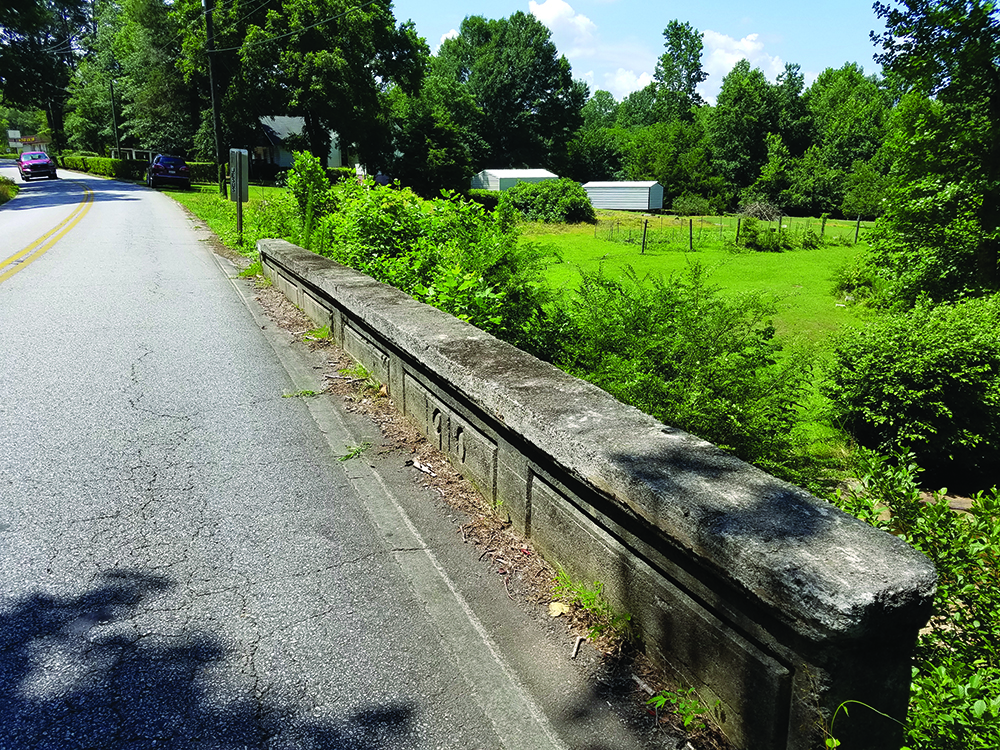“A Practical Road Lesson – Towns in South Carolina, located near the state line and not far from Charlotte, NC, have lost much trade of late, as the farmers prefer to haul over the good roads into another state in preference to using the poor roads of their own state. This experience has been instrumental in inaugurating a movement for good roads in South Carolina.”
The Decatur County News, Kansas, Jan. 27, 1896
The Good Roads Movement was actually begun by the bicyclists and motorcyclists in the late eighteen hundreds, and good roads were in demand across the nation as numbers of rubber wheeled vehicles increased. Then the movement was taken over by the automobile industry as production increased rapidly after the turn of the twentieth century. By that time autos were beginning to be seen as important means of transportation and mud roads as the main hindrance to pleasant travel.
The Dixie Highway was the culmination of the Progressive Good Roads Movement active from the 1890s to 1930s when the federal government set up the United States Highway system, the first interstate system of roads in the country. The text, Dixie Highway, by Tammy Ingram, purports that farmers and businessmen, northerners and southerners were united for many years in their support of the Good Roads Movement, and although the railroads built in the south in the 1850s supported the growth of the southern textile industry after the Civil War, this mill industry most basically depended on local roads.
These mudways brought the cotton to the rails, but the earliest textile mills in South Carolina at Graniteville and around Greenville were near the Buncombe/Augusta Road which became Dixie Highway. President James L. Orr of the Piedmont Manufacturing Company south of Greenville stated at the turn of the 1900s that he bought all the cotton within a fifteen mile radius of his mill which was about four miles from the Augusta Road. The railroad passing through Piedmont did those farmers no good.
At this point, Greenville was moving toward becoming the Textile Center of the World, so transporting goods to and from the upstate became paramount. Textile leaders in the area participated in conferences with the Dixie Highway Association based in Chattanooga, TN, and with cohorts in Asheville, NC, to make the Eastern Division road happen.1 Since the Dixie Highway was coming down from the northern part of the country, the road from Asheville was a key component of commerce and travel. That path had always been down the Saluda Gap into northeast corner of Greenville County, and was often referred to as the Dark Corner. The boosters of the New South in Greenville considered the liquor producing folks of the Corner as backward and hostile, so this part of the Dixie Highway was problematic for them. Even as Prohibition and Temperance movements took over the country, the back country Appalachians there continued their distillation and related confrontations with the law. The boosters of Greenville’s New South even considered the Dark Corner as seceded from the county. They attempted to hide news of the area especially from the national papers. The Corner did not lose this violent reputation until the late twentieth century, and this may be a major reason that paving this section of the National Highway was significantly delayed. (Joshua Beau Blackwell, Moonshine, the Dark Corner, and the New South)

Also, evidence of South Carolina and Greenville County participation in this movement is extant north of Greenville along the Old Buncombe Road near the town of Travelers Rest where a small creek is forded by an early concrete bridge proudly showing the date, 1910. This bridge and road were later part of the Dixie Highway. The road itself is now covered in asphalt. Many bridges and culverts were put down in concrete even prior to paving.
The Dixie was viewed as key to commerce in lower realms of the route as well. But, North Augusta was not linked to Edgefield as quickly as the land speculators there would have liked. The mayor of North Augusta, Dr. Robert Mealing, had threatened Aiken County with seceding if a good paved road was not immediately built, and he called for a mass council meeting with members of the Edgefield citizenry to proceed with this objective. Edgefield citizen representatives stated that unless action was soon taken by Aiken to pave the main highway through North Augusta, they would also ask for the annexation into Edgefield County. Both towns agreed that the road was the natural connecting link between the area and the rest of South Carolina. (Aiken Standard, July 27, 1927) As we know, this secession was not necessary, but it shows the contention that good roads caused across the length of the Dixie Highway.

